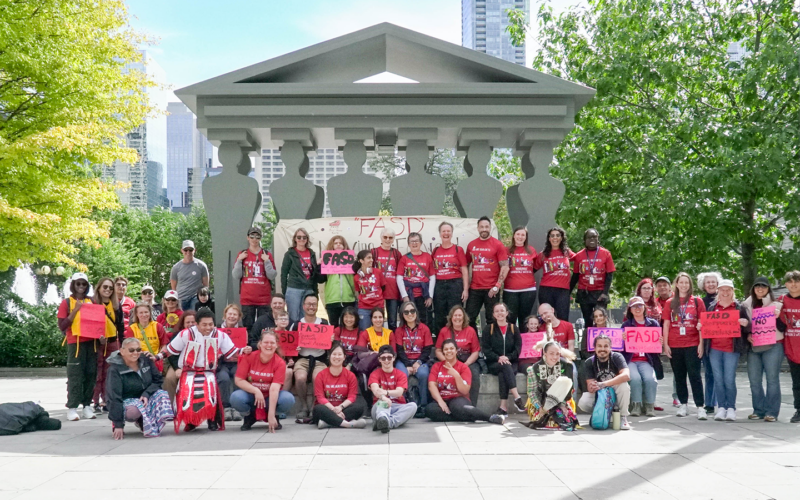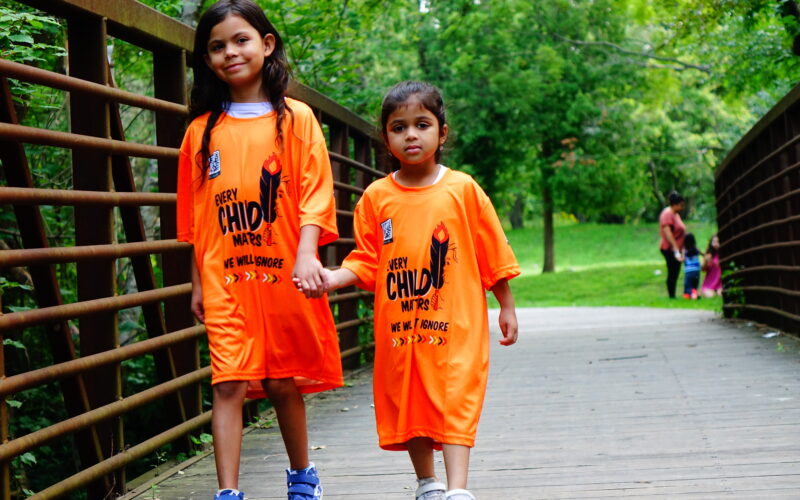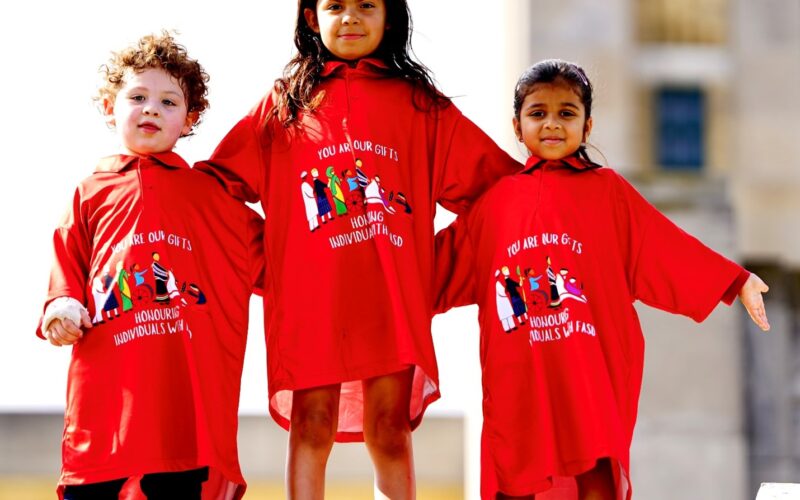To our clients, families, and community:
Today marks the first day of Black History Month, a time to honour the social, political, and economic achievements and other valuable contributions of Black Canadians.
Black History Month dates back to 1926 in the United States when historian Carter G. Woodson proposed an observance to highlight Black Americans’ accomplishments. This effort led to the establishment of Negro History Week, eventually expanding into Black History Month by 1976. The Parliament of Canada officially recognized February as Black History Month in 1995, after a motion was introduced by the first Black Canadian woman elected to Parliament, the Honourable Jean Augustine, MP for Etobicoke-Lakeshore.
From civil rights activist and businesswoman Viola Desmond to Black Lives Matter Canada’s co-founder Janaya Khan, Black Canadians have empowered generations of Canadians throughout our vibrant history. However, the past year has taught us that as a society, we still have a long way to go in making sure that we all understand the racial injustice that Black people face on a day-to-day basis. Research shows that systemic anti-Black racism exists in Canada and globally, meaning that Black individuals face unequal opportunities, lower socio-economic status, higher unemployment, significant poverty rates and overrepresentation in the criminal justice system.
At Surrey Place, we help children and adults living with developmental disabilities, autism spectrum disorder, and visual impairments live healthy and socially inclusive lives. We’re participating in Black History Month to shed light on the lived personal experiences of self-identified Black clients, staff and caregivers accessing and providing services within the developmental services sector. We’re determined to affect positive change, and that starts from within our organization. Please take a look at our complete Anti-Black Racism Statement to see how we plan to better support the Black staff, clients, caregivers and community we serve.
From here on out, let’s continue to listen and reflect on how we can each learn and unlearn concepts related to anti-Black racism, what it means to be an ally, how to talk to your children about racism, white privilege, racial bias and more. Here are some resources that we hope will help you in your journey of self-reflection.
- Black Physicians Association of Ontario: A collection of resources on anti-Black racism and Black population health
- No Stigmas: Free, online workshops on how to care for yourself and advocate for your mental health and your community
- Guide to Allyship: Reflect on what allyship means and how to be a strong ally
Additional resources on Black History Month:
- Canadian Children’s Books for Black History Month: Toronto Public Library
- Noteworthy historical figures: Canada.ca
- Black History in Canada: Canadian Encyclopedia Collection
During Black History Month at Surrey Place, we will be sharing educational videos and articles about the Black experience. Make sure you follow us on Facebook, Twitter, Instagram and LinkedIn.
If you have any thoughts you’d like to share with us, please feel free to reach out to us at feedback@surreyplace.ca.
Sincerely,
Terri Hewitt, Ph.D., C.Psych
Chief Executive Officer


